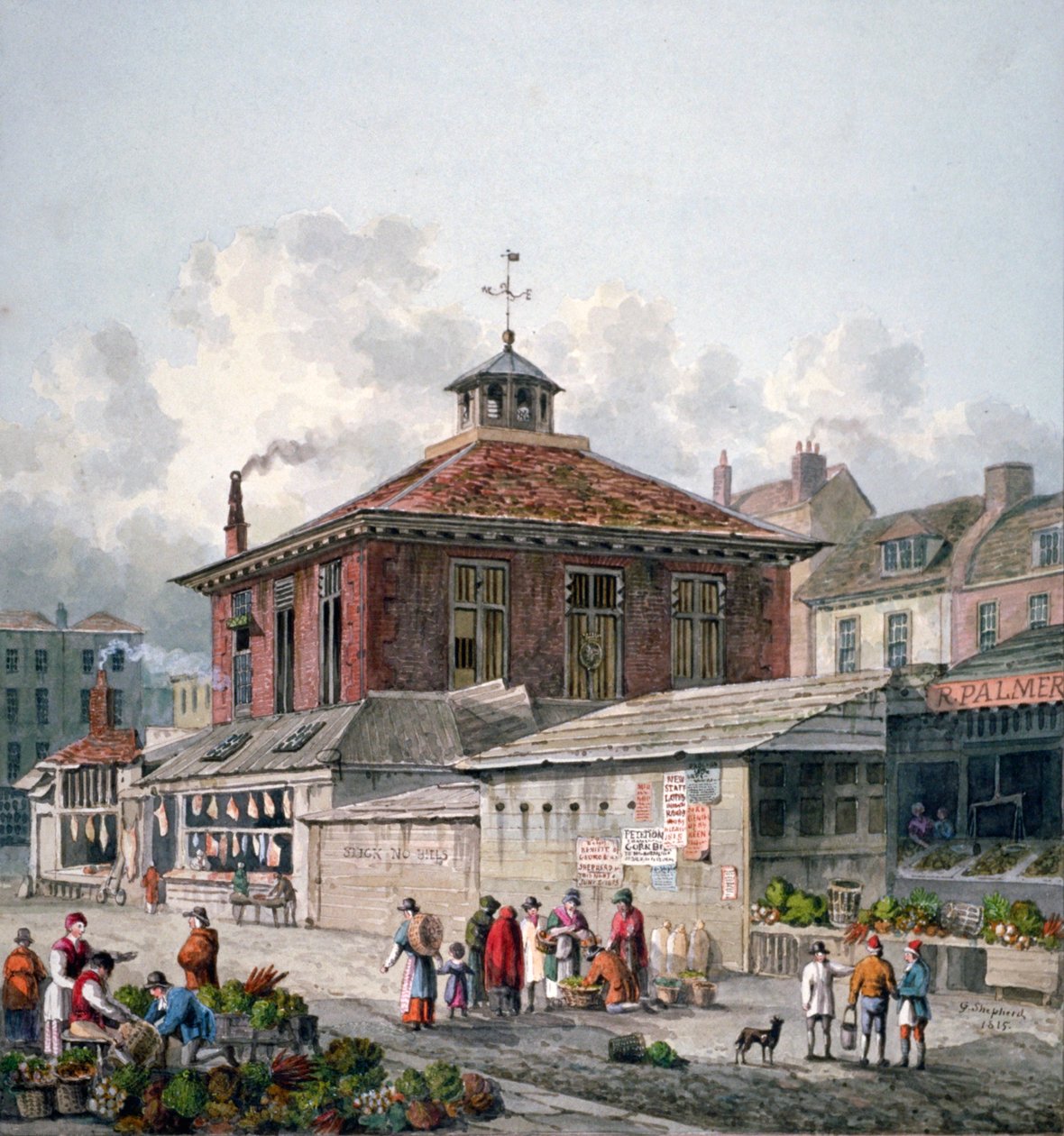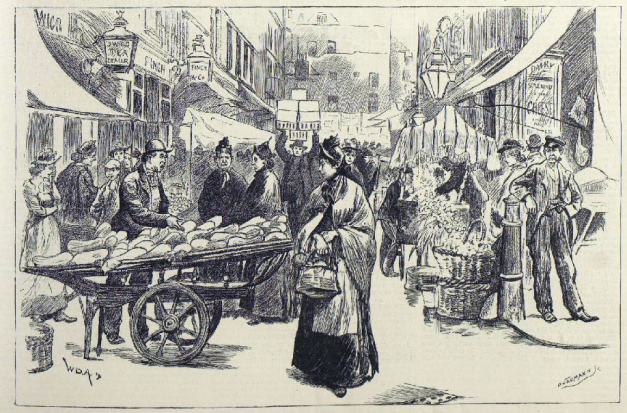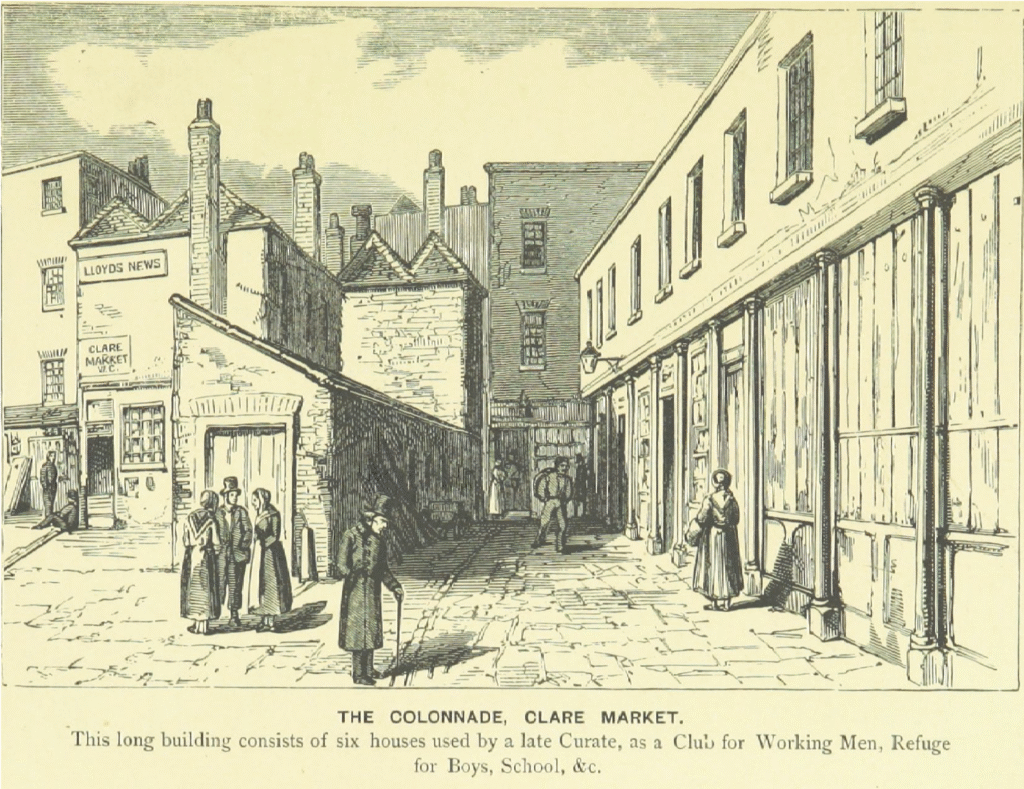“From Crown to Cobblestone: The Rise and Fall of the House of Clare”

The House of Clare was one of the most powerful noble families in medieval England, rising to prominence soon after the Norman Conquest of 1066. Over the course of several centuries, the Clares wielded vast political, military, and economic power, with holdings across England, Wales, and Ireland. But like many great houses of the Middle Ages, their fortunes waned.
In a fascinating twist of history, a portion of the family’s London estates eventually gave rise to a new urban district: Clare Market—a bustling, messy, and colorful 17th-century area in what is now central London, near Aldwych and Lincoln’s Inn Fields. This article charts the dramatic rise and fall of the House of Clare, their historical legacy, and how that legacy reshaped London’s urban landscape.
🏰 Origins and Rise of the House of Clare
📜 Norman Roots
- The Clare family traces its roots to Gilbert Fitz Richard de Clare, a descendant of Richard de Tonbridge, a Norman lord who followed William the Conqueror to England.
- The Clares were granted extensive lands across Suffolk, Essex, Kent, and later in Wales and Ireland as rewards for their loyalty and service.
👑 Political Power
- The Clares became Marcher Lords, ruling the borderlands between England and Wales with near-autonomous power.
- They held key titles such as:
- Earls of Hertford
- Earls of Gloucester
- Earls of Pembroke
⚔️ Involvement in National Politics
- Members of the Clare family were deeply involved in key historical events:
- The Anarchy (1135–1153): Civil war between Empress Matilda and King Stephen
- The Barons’ Wars (1215–1267): Especially Richard de Clare, who opposed King John and later Henry III
- Simon de Montfort’s Rebellion: The Clares took both sides over the years
- Welsh campaigns: They played major roles in the Norman conquest and subjugation of Wales
🌉 Peak of Power: The 13th–14th Century
🧬 Gilbert de Clare, 7th Earl of Gloucester (1243–1295)
- Married Joan of Acre, daughter of King Edward I—linking the Clares to the royal family
- Controlled immense estates and castles including:
- Caerphilly Castle
- Tonbridge Castle
- Tewkesbury Abbey
🛡️ Gilbert “the Red” (1243–1295)
- A major figure in Edward I’s wars against Wales
- Acted as a powerful and sometimes independent-minded noble
- Died in battle in Scotland in 1295, signaling the beginning of the family’s decline

⚰️ The Fall of the House of Clare
⚔️ Gilbert de Clare, 8th Earl of Gloucester (1291–1314)
- The last male heir of the main Clare line
- Died at the Battle of Bannockburn (1314), a disastrous English defeat at the hands of Robert the Bruce
- He died childless, triggering the division of the Clare estates among his sisters and their noble husbands.
🧩 Fragmentation and Decline
- The breakup of the Clare estates diminished the family’s unified power.
- Estates were absorbed into other powerful houses such as:
- Mortimers
- Despensers
- de Burghs
By the mid-14th century, the House of Clare as a distinct political force ceased to exist. Yet, their name would live on in an unexpected corner of London.
🏙️ From Noble Legacy to Urban District: The Birth of Clare Market
📍 Clare House and Estates in London
- The Clares owned Clare House, a grand estate in what is now central London, near the Strand.
- The estate passed into the hands of John Holles, 2nd Earl of Clare, in the 17th century.
🏪 Foundation of Clare Market (c. 1656)
- Around 1656, John Holles established a market on the site of the former Clare family property.
- Clare Market grew into a chaotic and colorful open-air market, known for:
- Butchers and fishmongers
- Street vendors
- Cheap taverns
- Literary and theatrical activity (due to proximity to the Strand and Drury Lane)
🧑🎓 Literary Connections
- Charles Dickens lived nearby and referenced Clare Market in several of his works.
- The market was frequented by lawyers and students from Lincoln’s Inn and King’s College London.
- It became known for its gritty urban life, far removed from its aristocratic origins.
🏛️ Transformation and Legacy
🚧 Demolition and Redevelopment
- In the 19th and early 20th centuries, Clare Market declined into a slum area.
- It was eventually demolished during the creation of Aldwych and Kingsway in 1905–1915.
- The area underwent major redevelopment to become part of London’s new civic landscape.
🎓 The LSE and Clare Market
- The London School of Economics (LSE) was established nearby in 1895.
- Today, “Clare Market” survives in the name of:
- An LSE academic journal
- Buildings on the LSE campus
- Street signs and historic plaques

🧠 Conclusion: A Forgotten Dynasty with a Lasting Mark
The House of Clare may no longer be widely remembered, but their influence stretched across centuries—from shaping medieval politics and warfare to unintentionally lending their name to a vibrant part of London’s modern academic and cultural landscape.
From Norman knights to bustling street markets, the Clares remind us how noble legacies evolve and persist—not just in grand monuments, but in the names of markets, schools, and the very streets we walk on today.




